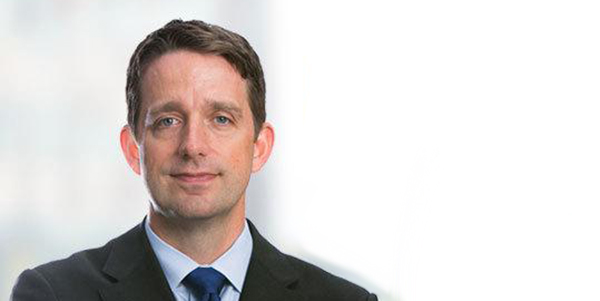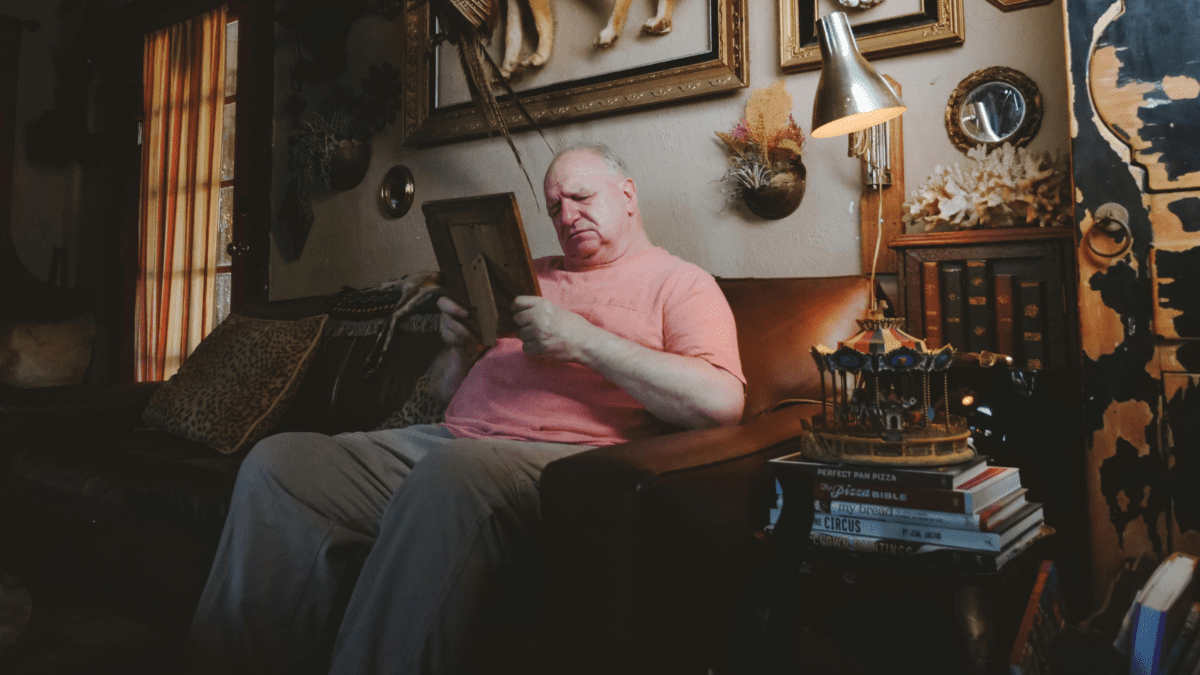CIPR is an opportunity not a chore
Superannuation funds need to get on the front foot and respond to the strategic challenge of developing good retirement solutions now. Although superannuation funds can follow the Government’s legislative timetable to develop a Comprehensive Income Product for Retirement (CIPR) by 1 July 2022, that’s hardly an optimal outcome for fund members who have retired or are making retirement plans now. They want a timetable dictated by their needs – not Government legislation.
It will require superannuation funds to ‘get over’ the powerful anchoring bias of an accumulation mindset to design good solutions for retired members and members in retirement-planning phase.
Superannuation funds should not view developing a CIPR as a chore, but as an opportunity to innovate free of the constraints from benchmarking and peer sensitivity that plague accumulation portfolio design.
Superannuation funds should appreciate that CIPR represents a license for fresh thinking about how to build investment portfolios that map to members’ needs and objectives, which are quite distinct in retirement. Fundamental matters like portfolio objectives, liquidity and how risk is defined are back on the table. It’s an exciting time, actually.
Although there is keen debate about the use of annuities (or other innovative longevity risk pooling solutions) in a CIPR, superannuation funds should not be distracted from thinking about clever ways their CIPR or other retirement solution can achieve their equity exposure.
Certainly, it’s clear that the investments backing a CIPR will need to have some exposure to equities or other growth assets. Superannuation funds should be looking now for different approaches, such as specific defensive or low volatility strategies and factor-based strategies that use simple construction rules to produce better-than-market income and volatility outcomes.
Other equity options include emerging markets strategies with good downside risk properties and Australian equity strategies that recognise the value of franking credits to retirees as an additional source of yield while addressing the risks of simplistic franking-tilted approaches.
Structurally, superannuation funds should also think about whether segregating their pension assets from their accumulation assets – at least for some asset classes – makes sense.
We published research earlier this year that suggests this decision should be guided by whether a super fund adopts a ‘mass production’ versus ‘mass customisation’ mindset for its retirement solution design.
Many superannuation funds are starting to commit to “fewer, deeper investment partnerships”, which is a good fit for the client-first, research-driven, collaborative approach Parametric uses as a specialist implementation manager. CIPR design offers a great opportunity for funds to act on this “deep partnership” principle by finding the right retirement solution investment partner.
All these retirement portfolio construction ideas can be scoped, modelled, adjusted and re-explored collaboratively between a super fund and investment partner if the latter has a clear sense of the fund’s guiding philosophies and the needs of its retired members.
The investment partner’s job is to design and deliver a portfolio solution that fulfils the fund’s retirement design vision, and continue to collaborate with the fund to evolve this vision and its implementation through time. It’s a continuous journey. But that journey should start now.
Paul Bouchey is the chief investment officer of Parametric, a specialist global implementation manager.









